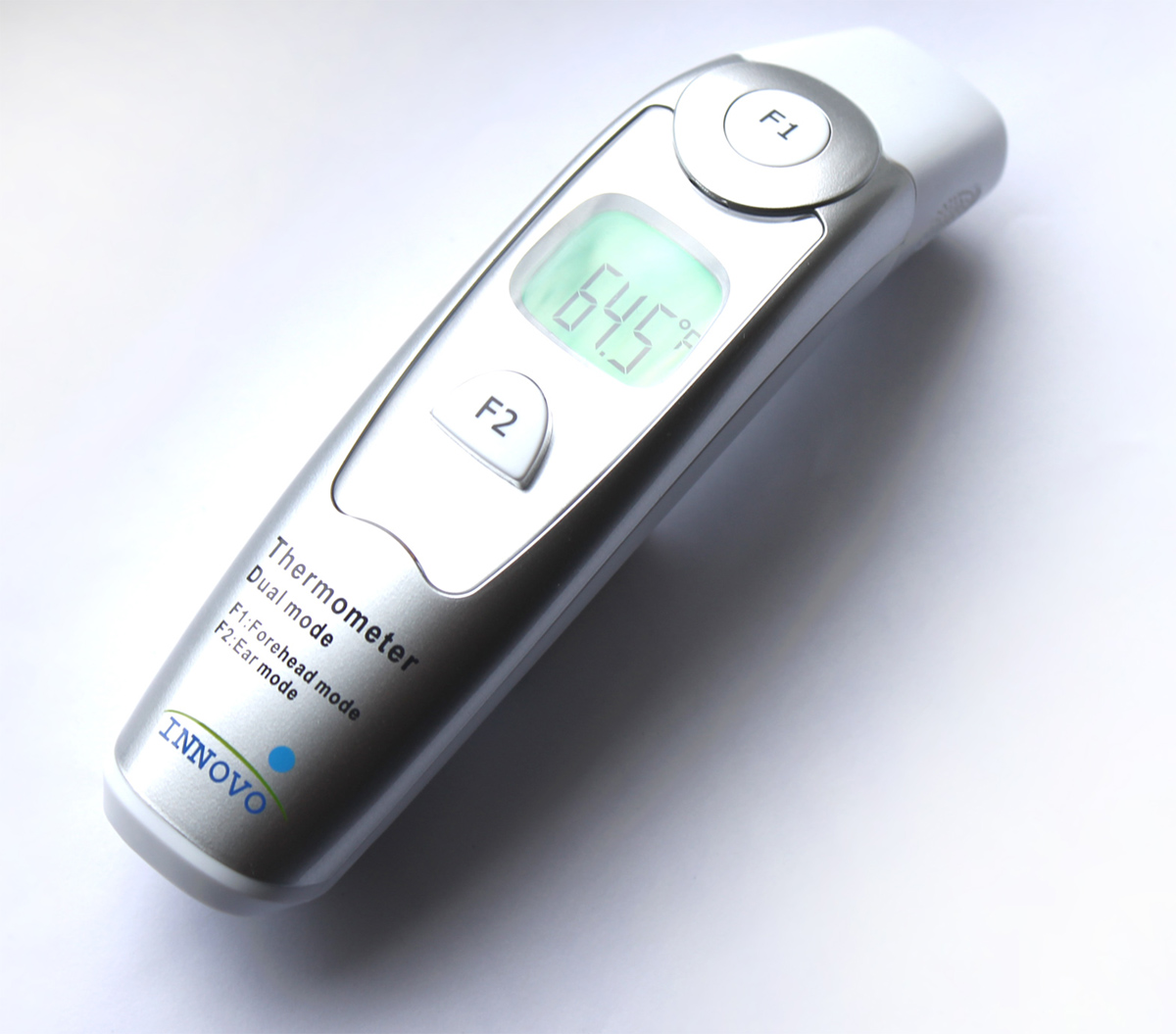
Low body temperature is a sign of some underlying condition and it has to be taken seriously. Decreased body temperature is often accompanied with other symptoms which indicate certain medical problem that has to be identified. Causes can be various hence a doctor will perform an exam to determine what is actually wrong.
Low Body Temperature OverviewThe body temperature can be measured with the help of a thermometer. Thermometer can present results in degrees Celsius or degrees Fahrenheit which is the unit used in the United States. The body temperature represents ability of the body to maintain its temperature levels regardless of external temperature. Normal body temperature is approximately 98.6 degrees Fahrenheit but it varies up to 100 degrees Fahrenheit during the day. Fluctuations in body temperature depend on how much active a person is during the day and hormonal changes as well. Body temperature is sensitive to hormone levels therefore women may have higher or lower body temperature when ovulating or during menstrual period.
Hypothermia is medical term for body temperature that falls below 95 degrees Fahrenheit and this condition can be serious, even life threatening. Normal body temperature is important for proper functioning of metabolism which is in case of hypothermia disrupted.
Causes of Low Body TemperatureHypothermia commonly occurs due to drop in environmental temperature especially if a person is exposed to cold weather for extended period of time. Similarly, if a person is not protected from cold surroundings with appropriate warm clothes, hypothermia may occur. Exposure to air conditioning that is excessively called causes hypothermia as well. One can experience hypothermia if he or she enters extremely cold water because water draws away heat from the body. Low body temperature can be also caused by improper heating at home during cold winter months. All of these causes lead to primary hypothermia that occurs due to exposure to extreme cold and it can be easily corrected with proper heating and warm clothes.
Secondary hypothermia on the other hand occurs when the body’s heat-balancing mechanisms are affected due to different reasons. As it was mentioned earlier, ovulation and menstrual cycle can lead to lower body temperature since it is associated with hormonal changes in women.
Hypothermia may be caused by different diseases that lead to lower body temperature. Some medical conditions that may result in hypothermia include: diabetes, liver failure, kidney failure, hypothyroidism and sepsis.
Alcohol or drug abuse may also result in hypothermia.
Signs of hypothermia include intense shivering, slow breathing, weakness, confusion, eyesight problems, and pale skin.

















Your thoughts on this
Loading...